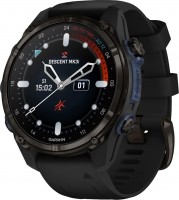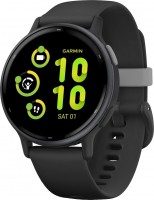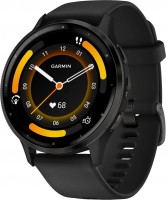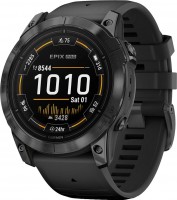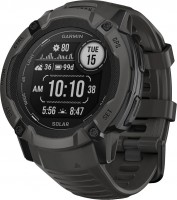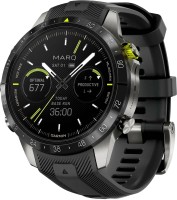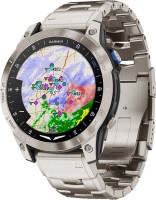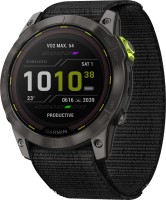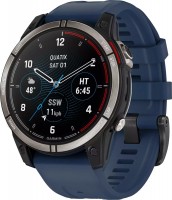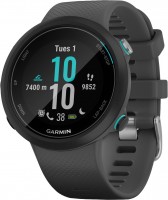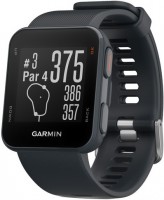Smartwatches & Trackers Garmin series Fenix (top)
prices on 11 modelsGarmin Fenix
If you are familiar with Garmin products, you are probably aware that the high price of their watches is justified by a lot of unique features that are not available in mass smartwatches from Samsung or Apple. For example, they can work in tandem with the HRM-run chest sensor, the built-in heart rate monitor can work even in water, the ClimbPro function automatically notifies of ascents and descents in the route chosen by the user for running or cycling, and the PacePro feature helps to make a training plan in advance and adjust it on the go if necessary.
Externally, Fenix watches do not stand out from the general series. The cases are usually made of steel, non-touch transflective screens provide perfect readability in the sun, and the watch itself is not afraid of temperature changes, shock loads and immersion to a depth of 50 metres. The list of sensors includes a heart rate monitor, accelerometer, altimeter, barometer, compass, sleep tracker, pedometer, as well as an optional thermometer and oxygen saturation sensor. Plus, many watches from this line are equipped with NFC for contactless payment and GPS/GLONASS navigation modules.
Another important nuance is the support of the advanced Garmin Connect sports app. It not only helps in the training process, like a classic fitness tracker, but also makes an assessment of physical activity, after which it calculates the recovery time and generally evaluates the effectiveness of training in terms of built-in sensors.
In total, 6 generations of watches have been released in the Fenix model range, and the last large-scale update took place in 2019. In addition to the usual Fenix watches, the company produced additional lightweight or, conversely, complicated versions. The former have the prefix “S” in the title, and the latter have the letter “X” or the prefix Pro in the title. In some cases, Garmin produced special variations of the Fenix Chronos with a sapphire crystal and a classic metal strap.

